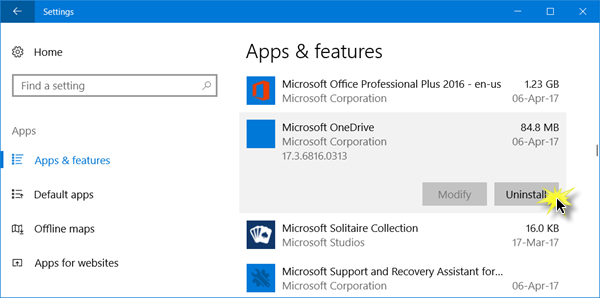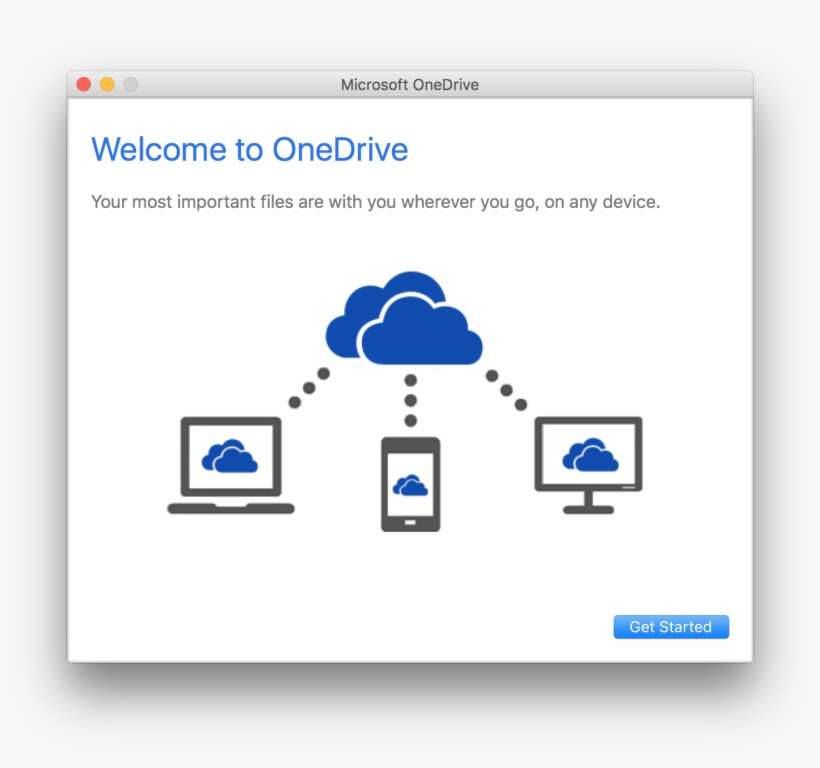

OneDrive-Uninstaller isn't for everyone, but it works. That did it for us due to some processes being locked. If OneDrive-Uninstaller does not work after the first reboot, try it again and reboot again. If you don't use that stuff, you are home free (but check anyway)."

It may also break access to roaming profiles, App Store configuration, and cloud-based windows settings (for example, if you use a Microsoft account instead of a local account to log on to your machine). "Be aware that removing OneDrive WILL break access to existing OneDrive accounts and delete locally stored files on the machine you run this script on. Remove the additional OneDrive files: (this is optional) ( another form is to use a third party app of your choice to do this task) Press Apple (COMMAND) + SHIFT+ G in finder, or use Terminal. Drag the blue OneDrive cloud to the trash.

The author also does leave this warning, mainly repeating what we just said: I understand, you wish to uninstall OneDrive from your Mac, please follow these steps: Remove the app by following these steps: Open the Applications folder. The batch file source can be viewed at the Author's link above or by opening it in a text editor. Well, until Microsoft does another major update and restores everything that you removed. When you remove OneDrive, odds are you won't be able to get it back. There's no interface, it must be run as an administrator, and once you run it, there's no stopping it. We say, advanced users because batch files aren't for everyone. OneDrive-Uninstaller is a batch file for advanced users to uninstall One Drive in Windows 10.


 0 kommentar(er)
0 kommentar(er)
